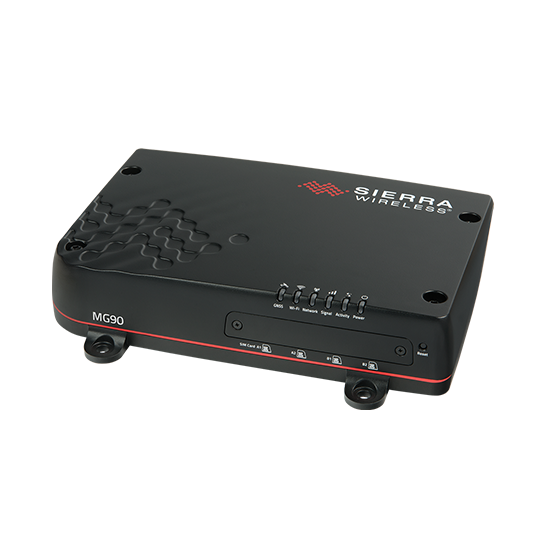JimboT
Member
Forgive me for not knowing the intricacies, as I am just learning about mobile data and comms, but I install these in police vehicles on a daily basis:

MG90
The AirLink MG90 and MG90 5G are high-performance vehicle routers, purpose-built to provide secure, always-on connectivity. The MG90 LTE-A Pro is FirstNet ready with Band 14 support. Learn more today!www.sierrawireless.com
They seem feature-packed and are vehicle-ready, and the antennas are compact. I could not tell you about the network setup or services unfortunately, but I can say I’ve installed these in rural Idaho, Wyoming, and Montana sheriff and emergency response vehicles that I’d imagine need connectivity in remote areas.
For what it’s worth.
Interesting idea. I will take a look.
